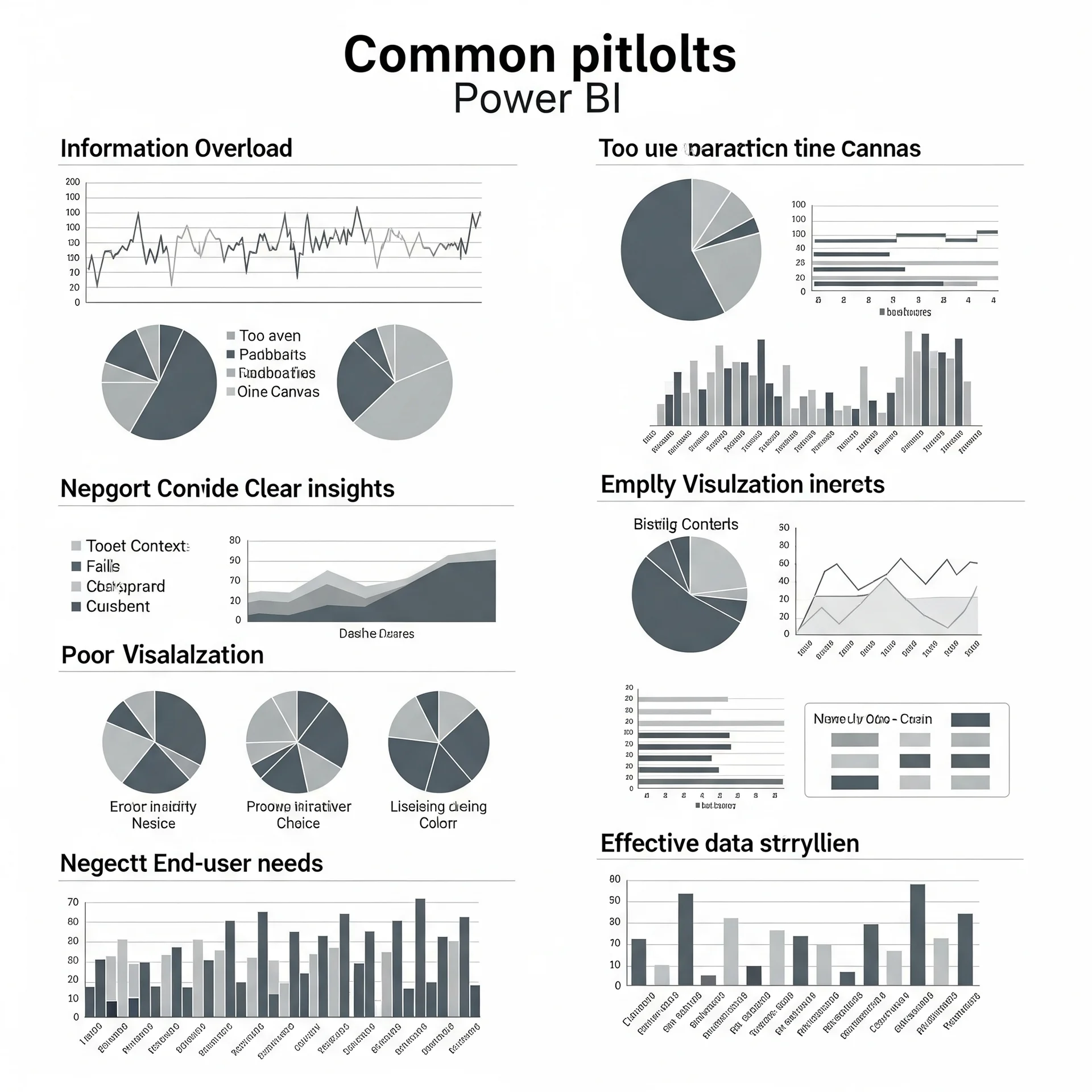
BI
Common Mistakes When Building Dashboards in Power BI
A Power BI dashboard should tell a story with data, not just display numbers. Avoid information overload and lack of con...

Navigating today’s market without a data strategy is like trying to cross an unknown continent without a map or a GPS. We could move forward, yes, but the risk of taking a wrong turn, exhausting our resources, or ending up in a dead end is immense. Many organizations today accumulate large volumes of data but treat it as a simple record of the past, a rearview mirror. The real transformation occurs when we understand that data, properly analyzed, is the most accurate navigation system to guide every strategic decision and ensure not just growth, but growth that endures over time.
The first step on this journey is to turn raw information into a strategic map. An isolated piece of data, like a geographical coordinate, has limited value. However, when we integrate multiple data points through Business Intelligence (BI) platforms, we begin to see the entire terrain. We stop seeing just sales numbers and start understanding consumption patterns, segmenting customers with surgical precision, and identifying previously invisible operational inefficiencies. Data analytics transforms the “what happened” into the “why it happened,” providing the necessary context for leaders to make informed decisions instead of relying on intuition. It’s the difference between knowing an address and having the optimal route with real-time traffic updates.
Once we master the map of the present, the next level is to use data to chart routes to the future. This is where predictive analytics and artificial intelligence become crucial. A modern GPS not only shows where we are but also anticipates obstacles and suggests alternatives to reach our destination faster. Similarly, predictive models can analyze historical and market data to forecast future product demand, optimize inventory levels to avoid costly stockouts or overages, and predict which customers are most likely to leave our service. This foresight allows companies to shift from a reactive to a proactive stance, opening new revenue streams and building hard-to-replicate competitive advantages.
Finally, the true goal of this navigation system is not just speed, but sustainability. Accelerated but unstable growth is fragile. Sustainable growth, on the other hand, is built on efficiency, resilience, and constant optimization. By analyzing supply chain data, we can reduce waste and costs, a benefit that is both economic and environmental. By studying customer behavior, we can focus on improving retention, a much more profitable strategy than constantly acquiring new customers. Data allows us to identify and mitigate risks before they become crises, ensuring that every step we take is on solid ground.
Data is no longer a byproduct of operations; it is the central asset that drives strategy. Moving from seeing it as a record of the past to using it as a predictive guide is the fundamental shift that defines market leaders. Now, I ask you: in your organization, are you using your data as a simple rearview mirror or as a GPS that illuminates the path forward?